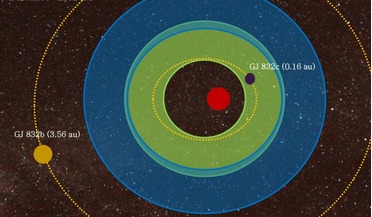 18 August 2017
A new Earth-like planet may have been found as close as 16 light years away
18 August 2017
A new Earth-like planet may have been found as close as 16 light years away
...'s influence. "We also used the integrated data from the time evolution of orbital parameters to generate the synthetic radial velocity curves of the known and the Earth-like planets in the system," said Satyal. "We obtained several...
 May 2018
PLATO the habitable zone explorer
May 2018
PLATO the habitable zone explorer
...first exoplanet around a Sun-like star was discovered: 51 Pegasi b. By measuring the host star’s radial velocity (to an observer on Earth, the radial velocity denotes the speed with which the star moves away from or approaches the Earth), astronomers...
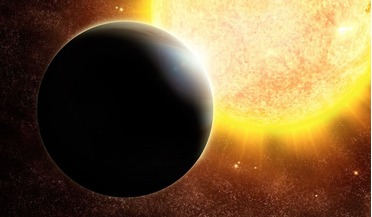 February 2016
How to Build Planets
February 2016
How to Build Planets
... main ‘indirect’ techniques used to detect planets, the others being the astrometry and transit methods. The radial velocity method has been the prominent technique used by astronomers to find exoplanets and, whilst it is obviously successful in its...
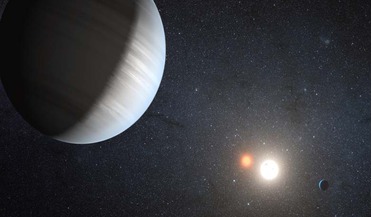 18 April 2016
New Earth-like planet found in GJ 832 planetary system
18 April 2016
New Earth-like planet found in GJ 832 planetary system
... researchers use other means than the traditional methods used (transit, direct imaging, gravitational lensing and radial velocity) to find these smaller counterparts. Indeed, both of the two known planets in the GJ 832 system were detected...
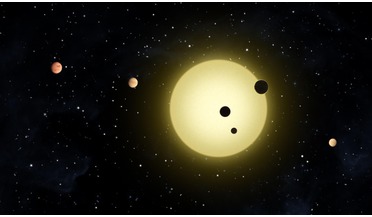 27 October 2017
Astronomers find system with six planets
27 October 2017
Astronomers find system with six planets
...that spans 18 years and includes 333 precision radial velocity observations. Earlier this year, the announcement that ... Jupiter) respectively. All of the planets were found via the radial-velocity method. This method is often to referred to as the ‘...
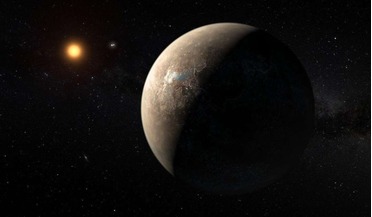 17 April 2019
Proxima Centauri may host a second exoplanet, but its first might not be there
17 April 2019
Proxima Centauri may host a second exoplanet, but its first might not be there
... and Anglada-Escude who spotted Proxima b back in 2016, used the radial velocity or “doppler shift" method to detect Proxima c and b respectively. Radial velocity is an indirect method which relies on observing a star’s spectra for signs of a “wobble...